I'm doing triangulation of a polygon by bracket structure. I also have a generated .dot file, but most of graphs don't look like a polygon.
graph {
nodesep=0.6
layout="circo";
node [shape = circle];
1--2[color="red"];
2--3;
3--4;
4--5;
5--6;
1--6;
1--4;
4--6;
2--4;
}
Which is rendered as follows:

So, if you put 6--1--2 together, there wouldn't be any intersections.
